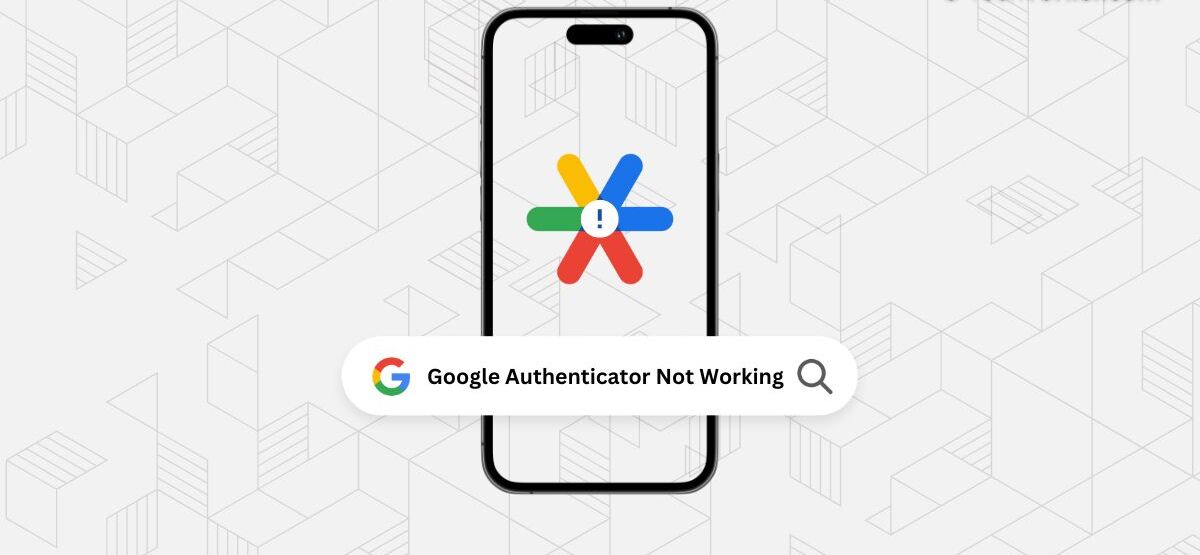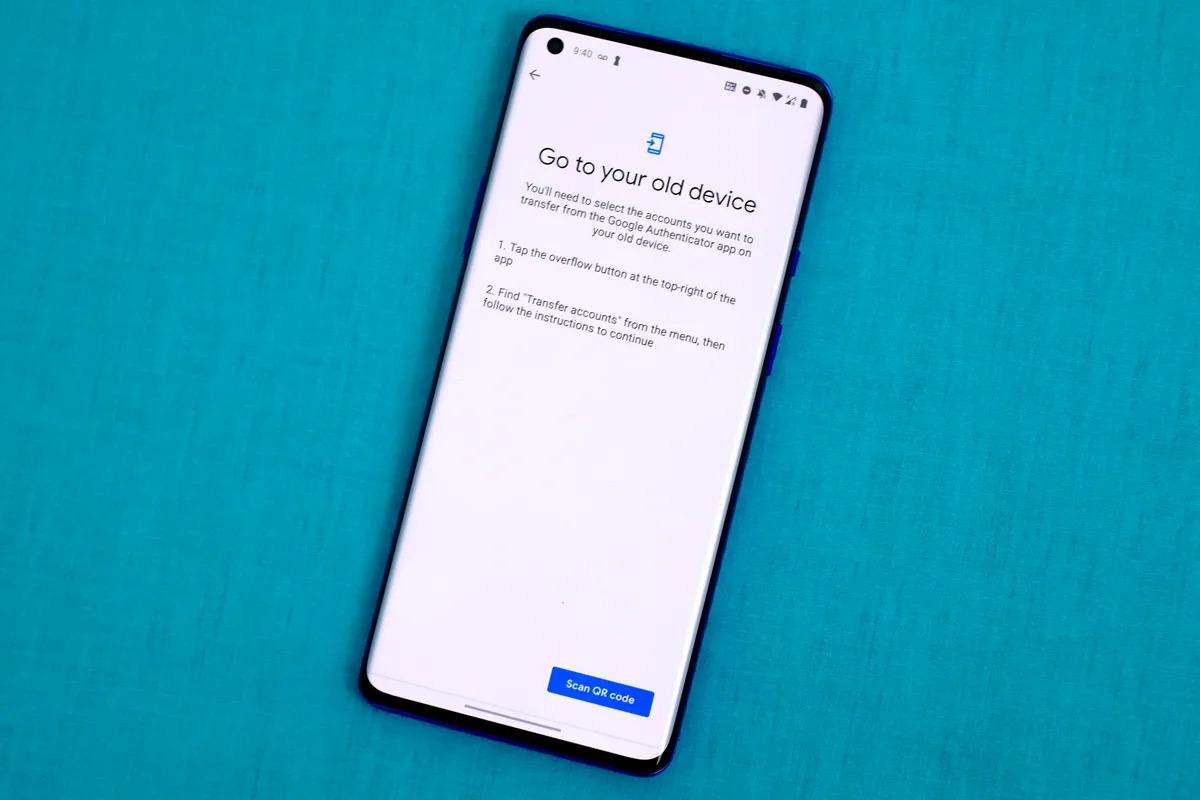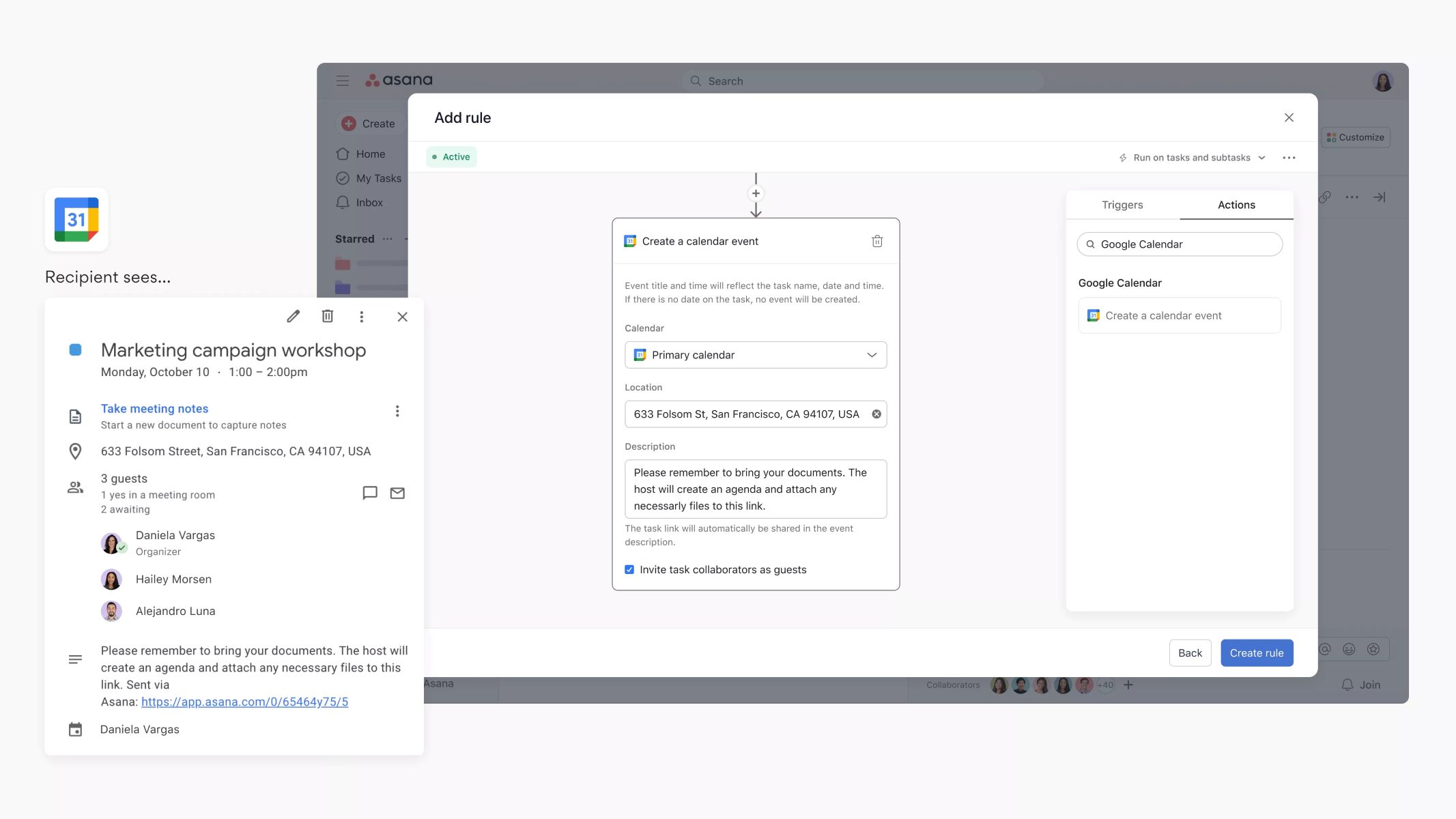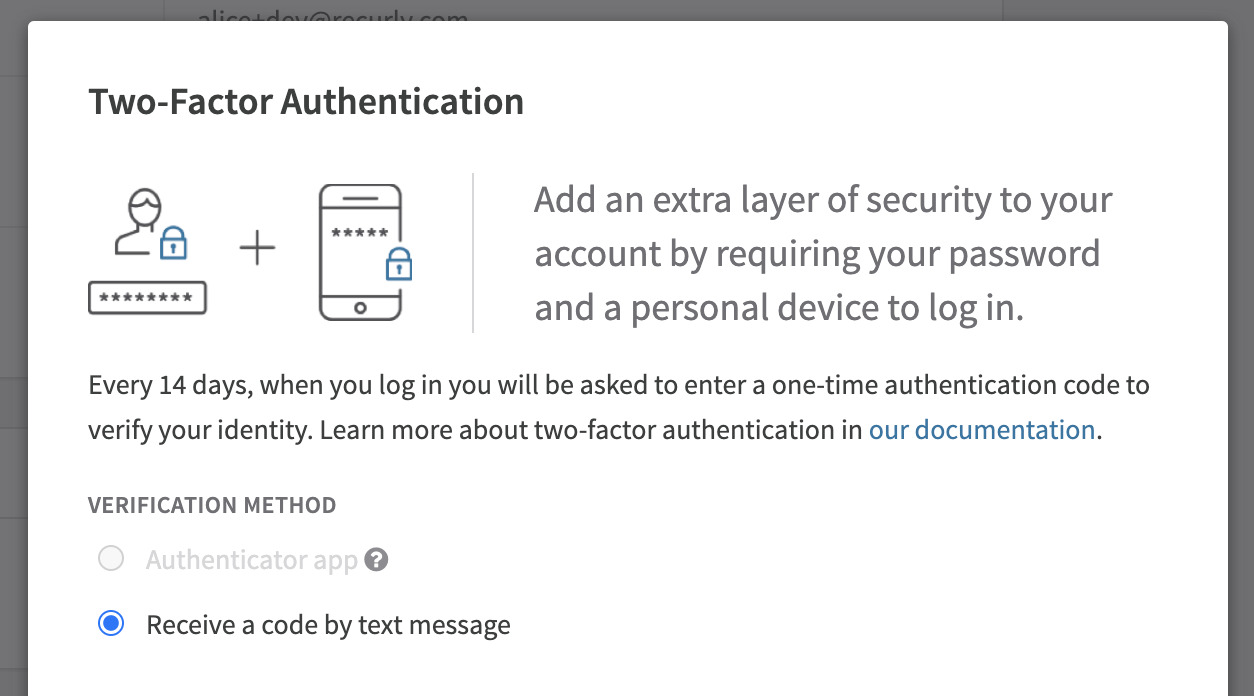Introduction
Ensuring the security of our online accounts has become a top priority in today’s digital age. With the ever-increasing number of cyber threats, relying solely on a password is no longer sufficient. To add an extra layer of protection, many users turn to two-factor authentication (2FA) applications like Google Authenticator.
Google Authenticator is a popular and widely trusted app that generates time-based one-time passwords (TOTPs) to authenticate user logins. It provides an additional security measure by requiring users to enter a unique code along with their password when signing into their accounts on supported websites or services.
However, when using Google Authenticator on multiple devices or when switching to a new phone, keeping all the accounts in sync can be a daunting task. It’s crucial to ensure that all TOTPs are properly synced to avoid any inconvenience or potential security risks.
This guide will walk you through the steps of syncing Google Authenticator on various platforms, such as Android, iPhone, and Windows, as well as troubleshooting common issues that may arise during the process.
What is Google Authenticator?
Google Authenticator is a free app developed by Google that provides an additional layer of security to your online accounts. It is specifically designed to work with two-factor authentication (2FA), a security method that requires two forms of verification before granting access.
With Google Authenticator, you can secure your accounts by enabling the time-based one-time password (TOTP) feature. This means that every time you log in to a supported website or service, you will need to enter a unique one-time code generated by the app along with your regular password.
The app works by generating these TOTPs based on a secret key that is stored securely on your device. It uses the current time and the secret key to calculate a unique code that changes every 30 seconds. Only the correct TOTP will be accepted by the service you are trying to access, providing an additional layer of security.
Google Authenticator is compatible with a wide range of online services, including popular email providers, social media platforms, and financial institutions. By using Google Authenticator, you can enhance the security of your accounts and protect your personal information from unauthorized access.
It’s important to note that while Google Authenticator is widely used and trusted, it is not the only 2FA app available. There are alternative apps, such as Authy and Microsoft Authenticator, that offer similar functionality. However, in this guide, we will focus specifically on Google Authenticator and how to sync it across different devices.
Why should you sync Google Authenticator?
Syncing Google Authenticator across multiple devices is an essential aspect of managing your online accounts efficiently and securely. Here are a few reasons why you should consider syncing Google Authenticator:
- Backup: If you rely solely on your smartphone for Google Authenticator, losing or damaging your device could result in losing access to all your accounts. By syncing Google Authenticator across multiple devices, you create a backup and ensure that you can still generate one-time codes even if one of your devices is unavailable.
- Device replacement: When you upgrade to a new phone or switch to a different device, you will need to transfer your Google Authenticator accounts to the new device. Syncing Google Authenticator makes this process seamless and prevents the need to manually reconfigure each account.
- Convenience: Syncing Google Authenticator allows you to access your accounts from any of your synced devices. This flexibility eliminates the need to rely on a single device to generate one-time codes, enhancing convenience, and usability.
- Improved security: Syncing Google Authenticator helps maintain the security of your accounts. By syncing, you can ensure that all the generated one-time codes are consistent across devices, reducing the risk of being locked out due to discrepancies in the codes.
By understanding the importance of syncing Google Authenticator, you can safeguard your accounts, minimize disruptions, and maintain a secure online presence. In the following sections, we will outline the step-by-step process of syncing Google Authenticator on various platforms, including Android, iPhone, and Windows.
Steps to sync Google Authenticator on Android
Syncing Google Authenticator on your Android device is a straightforward process. Follow these steps to ensure that your Google Authenticator accounts are synced:
- Install Google Authenticator on your Android device if you haven’t already done so. You can download it from the Google Play Store.
- Open the Google Authenticator app on your Android device.
- On your old Android device, open the Google Authenticator app and go to the settings menu.
- Select the “Transfer accounts” option and choose “Export accounts.” This will create a QR code that contains your account information.
- On your new Android device, open the Google Authenticator app and go to the settings menu.
- Select the “Transfer accounts” option and choose “Import accounts.”
- Scan the QR code that you generated on your old device. The accounts will be imported to your new Android device.
- Verify that all your accounts have been successfully transferred by accessing each account and generating a TOTP code.
By following these steps, you can easily sync your Google Authenticator accounts on your Android device. Remember, it’s always recommended to securely store your backup codes or alternative two-step verification methods provided by the services you use, just in case you encounter any issues during the sync process.
Steps to sync Google Authenticator on iPhone
If you’re using an iPhone and need to sync your Google Authenticator accounts, follow these steps:
- Download and install the Google Authenticator app from the App Store on your iPhone.
- On your old iPhone, open the Google Authenticator app.
- Tap on the three dots at the top-right corner of the app to access the menu.
- Choose “Transfer accounts” and then select “Export accounts.”
- The app will generate a QR code containing your account information.
- On your new iPhone, open the Google Authenticator app.
- Tap on the plus (+) button at the top-right corner to add a new account.
- Instead of scanning a QR code, tap on “Or enter a provided key.”
- Manually enter the account details or copy and paste the key from the QR code on your old iPhone.
- Verify that all your accounts have been successfully transferred by accessing each account and generating a TOTP code.
With these steps, you can sync your Google Authenticator accounts across multiple iPhones. It’s important to note that if you’re switching from Android to iPhone or vice versa, you’ll need to reconfigure your accounts manually as the transfer process is not directly supported between these platforms.
Steps to sync Google Authenticator on Windows
If you’re using Google Authenticator on your Windows device and want to sync your accounts, here are the steps you need to follow:
- Open your preferred web browser on your Windows device and navigate to the Google Chrome Web Store.
- Search for and install an authenticator app extension that is compatible with Google Chrome, such as “Authenticator” or “Authy.”
- Launch the authenticator app extension from the toolbar in Google Chrome.
- On your old device (e.g. smartphone or tablet), open the Google Authenticator app.
- Go to the settings menu and select the option to transfer or export your accounts.
- Follow the instructions provided to generate a QR code or export a file containing your account information.
- On your Windows device, within the authenticator app extension, find the option to import or add accounts.
- Scan the QR code or import the file that contains your account information.
- Verify that all your accounts have been successfully synced by accessing each one and generating a TOTP code.
By following these steps, you can easily sync your Google Authenticator accounts on your Windows device. It’s important to note that using a desktop or laptop for 2FA purposes may not provide the same level of security as using a separate device, such as a smartphone, due to potential vulnerabilities on the computer.
Ensure that your Windows device is secure and protected with the necessary antivirus and firewall software to minimize any potential risks. Additionally, remember to back up your account information or keep a record of your backup codes in case of any device issues or data loss.
Troubleshooting common issues with syncing Google Authenticator
While syncing Google Authenticator is generally a straightforward process, you may encounter some common issues along the way. Here are a few troubleshooting steps to help resolve these issues:
1. Invalid QR code: If you’re having trouble scanning the QR code during the sync process, ensure that the QR code is clear and not distorted. If the code still cannot be scanned, try entering the account details manually using the provided key.
2. Time sync issue: Google Authenticator relies on accurate time synchronization to generate codes correctly. If you’re experiencing issues, ensure that the time and date settings on all devices involved in the syncing process are accurate.
3. Lost or reset device: If you’ve lost or reset your device without properly transferring your Google Authenticator accounts, you may be locked out of your accounts. In such cases, it’s crucial to contact the respective service’s support team to regain access to your accounts.
4. Recovery codes: Some services provide recovery codes that you can use to regain access to your accounts in case of syncing issues or device loss. Make sure you have backup codes readily available or consider utilizing alternative 2FA methods provided by the services.
5. Mismatched codes: If you’ve successfully synced Google Authenticator but encounter inconsistent codes across devices, double-check that the time settings on all devices are accurate. Also, ensure that all devices are using the same time zone and are connected to reliable sources of time synchronization.
6. App version compatibility: Ensure that you’re using the latest version of Google Authenticator or any other authenticator app you’re utilizing. Older app versions may not support all the features necessary for syncing or have bug fixes that could potentially resolve syncing issues.
7. Service-specific instructions: If you’re encountering issues with specific services or websites, refer to their documentation or support resources. They may have specific instructions or troubleshooting steps tailored to their implementation of Google Authenticator.
If you’re still experiencing issues after troubleshooting, it’s recommended to reach out to the respective service’s support team for further assistance. They will be able to provide personalized guidance based on their specific integration with Google Authenticator.
By being aware of these common issues and having the necessary information to troubleshoot, you can ensure a smoother syncing process and maintain access to your accounts secured by Google Authenticator.
Conclusion
Syncing Google Authenticator across your devices is essential for maintaining the security and accessibility of your online accounts. By following the steps outlined in this guide, you can easily sync Google Authenticator on Android, iPhone, and Windows, providing yourself with added convenience and peace of mind.
Remember to back up your account information and keep track of any backup codes provided by the services you use. This ensures that you have a contingency plan in case of device loss or syncing issues.
While syncing Google Authenticator is generally a straightforward process, it’s important to be aware of potential issues that may arise, such as invalid QR codes, time synchronization problems, or lost devices. By troubleshooting these common issues, you can overcome any hurdles and successfully sync your accounts.
Additionally, it’s worth noting that while Google Authenticator is a widely trusted app, there are alternative 2FA apps available, such as Authy and Microsoft Authenticator. It’s always a good idea to explore different options and choose the app that best suits your needs and preferences.
By taking the necessary steps to sync Google Authenticator and keeping your accounts secure, you can enjoy the convenience and added security that this powerful authentication tool provides. Remember to always prioritize your online security and stay vigilant against potential threats.

























